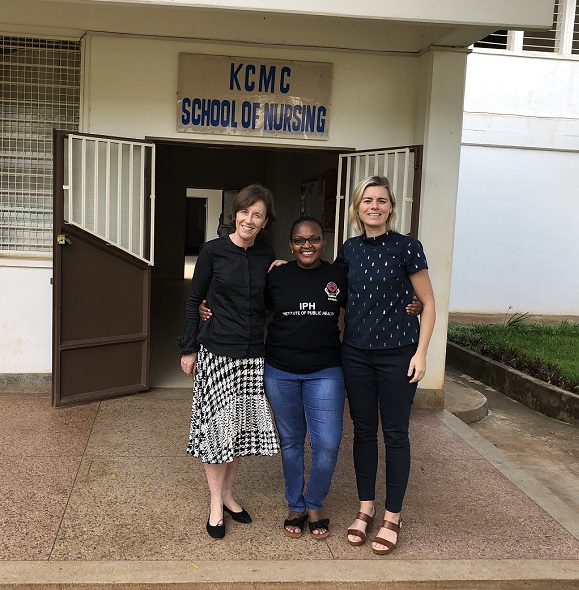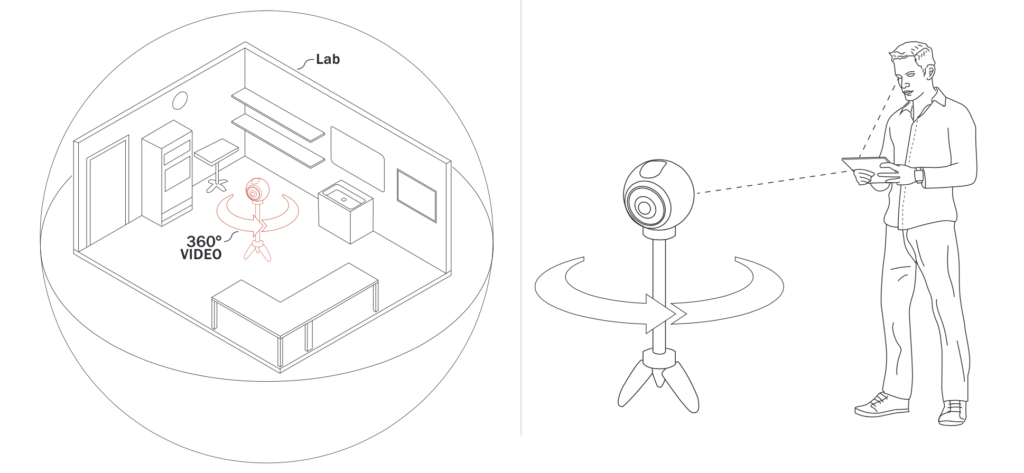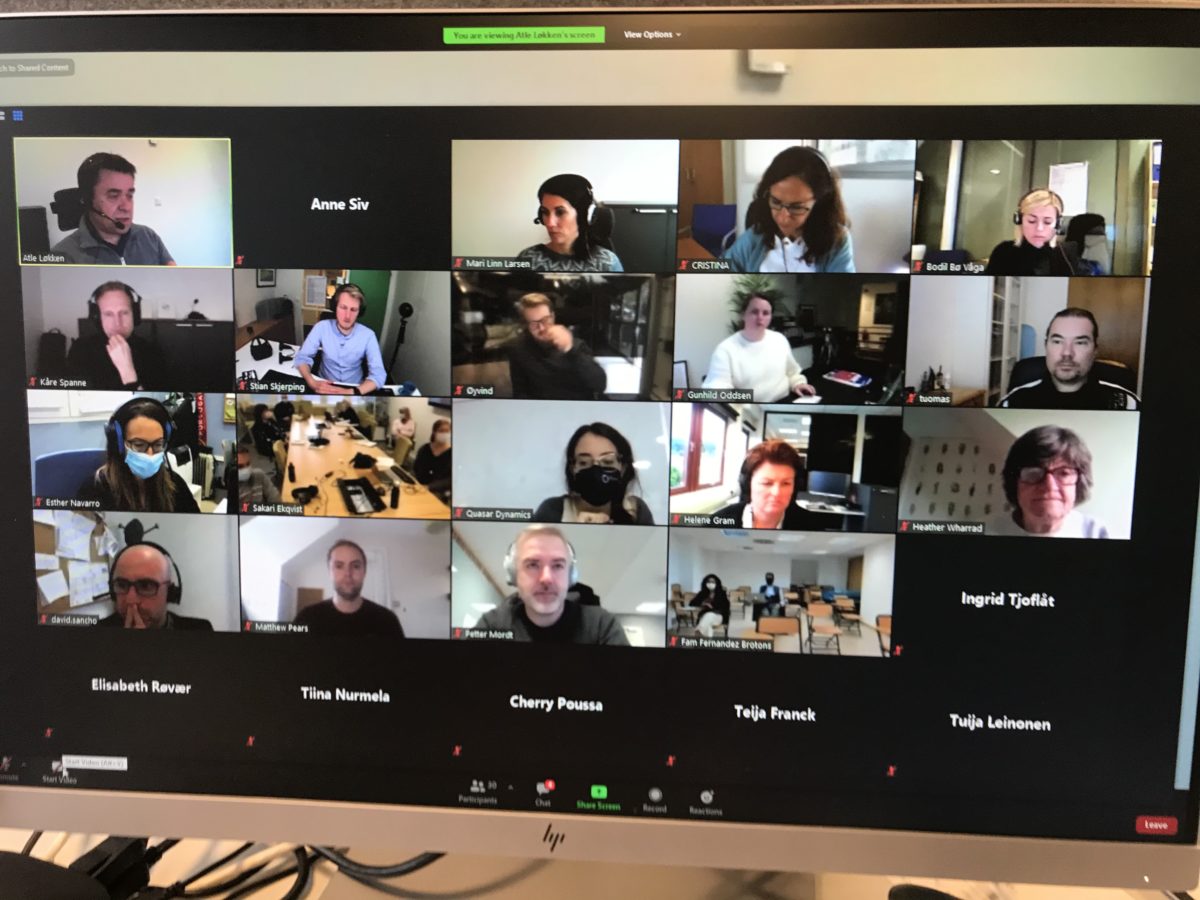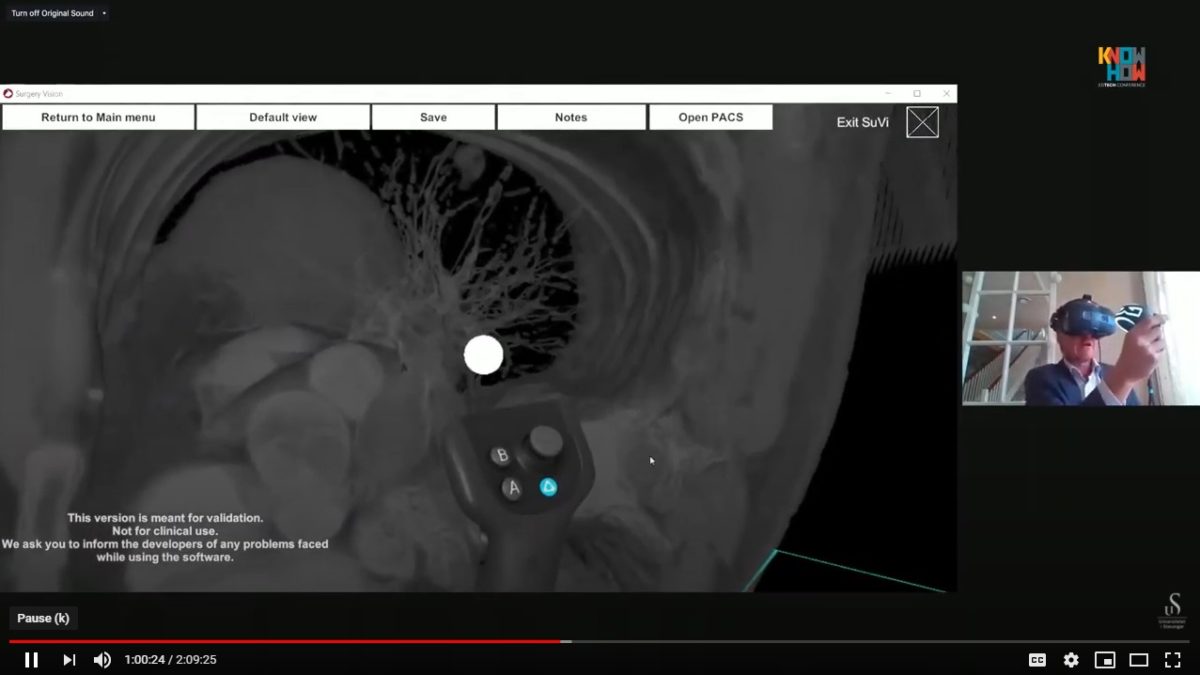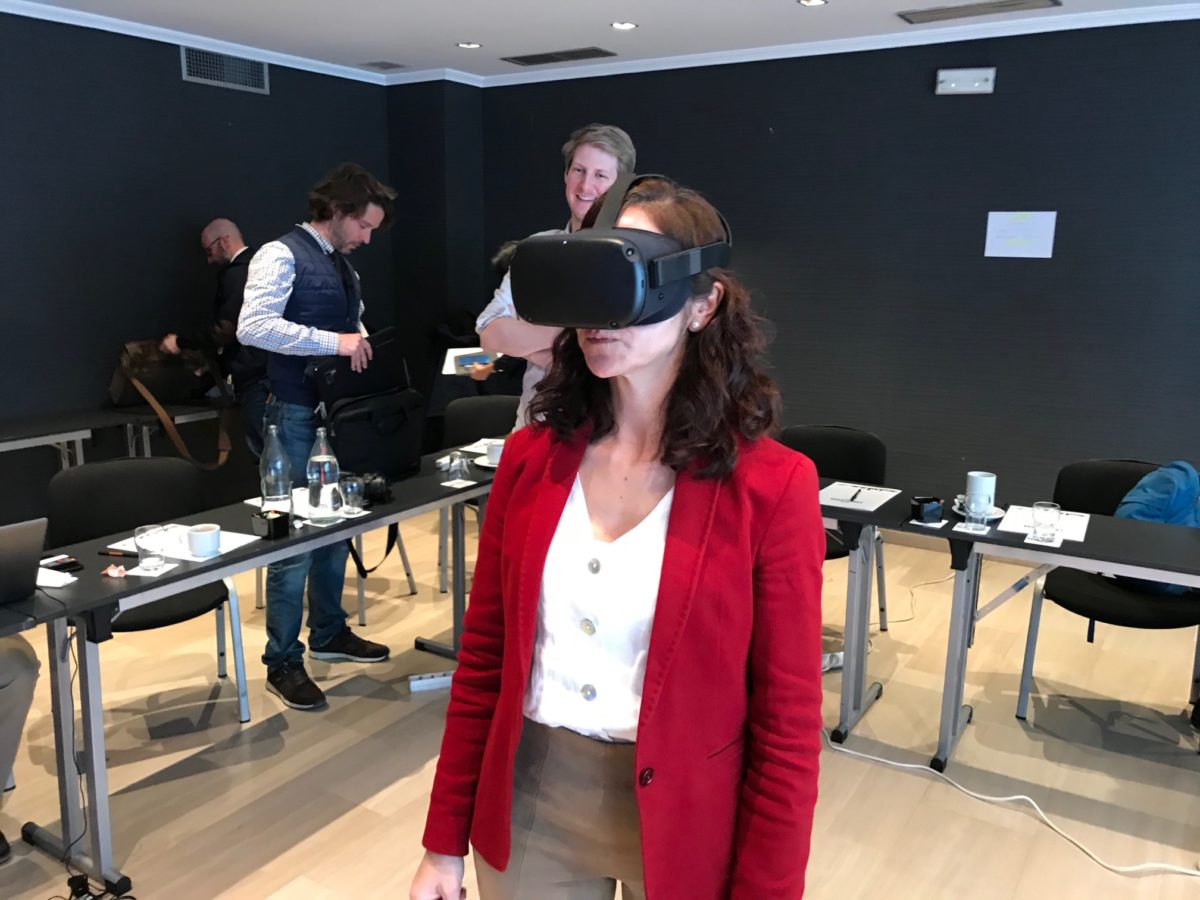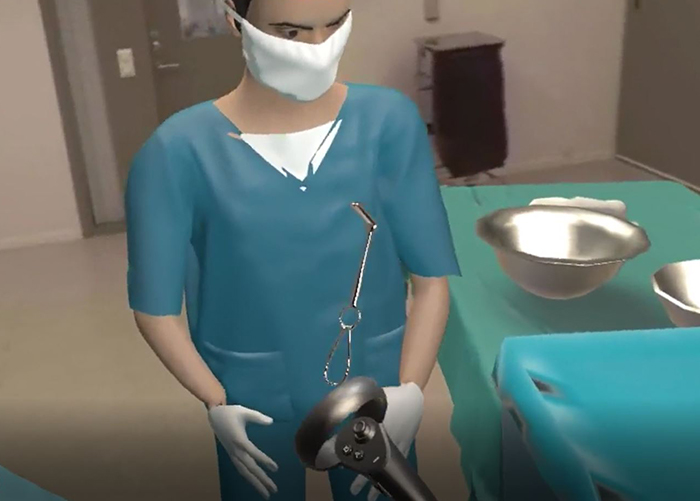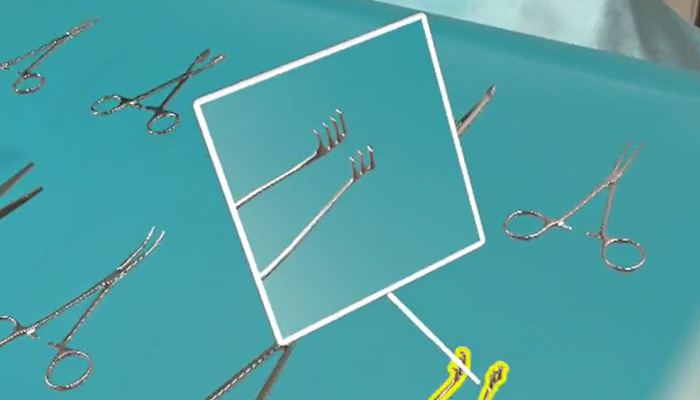Ingrid Tjoflåt and Bodil Bø (UiS) together with Dr. Jane Rogathi, Dean of the Faculty of Nursing at Kilimanjaro Christian Medical University College in Tanzania.
– The project’s overall aim is to implement simulation-based education to strengthen the capacity and quality of nursing and midwifery education in Malawi and Tanzania, says project manager Ingrid Tjoflåt.
She is a professor in nursing at the Faculty of Health Sciences and will be coordinating the project. Tjoflåt has extensive experience from research on quality and competence development in various international contexts and research on teaching methods focusing on digital tools.
For the past three years, Tjoflåt and Bø have been conducting a research project on simulation-based nursing education with partners in Tanzania and Madagascar. Together with an international project group, they are also involved in the 360ViSi project.
–We will use experiences from this and other relevant projects in our collaboration with Malawi and Tanzania, says Tjoflåt.
Read the full story here.

